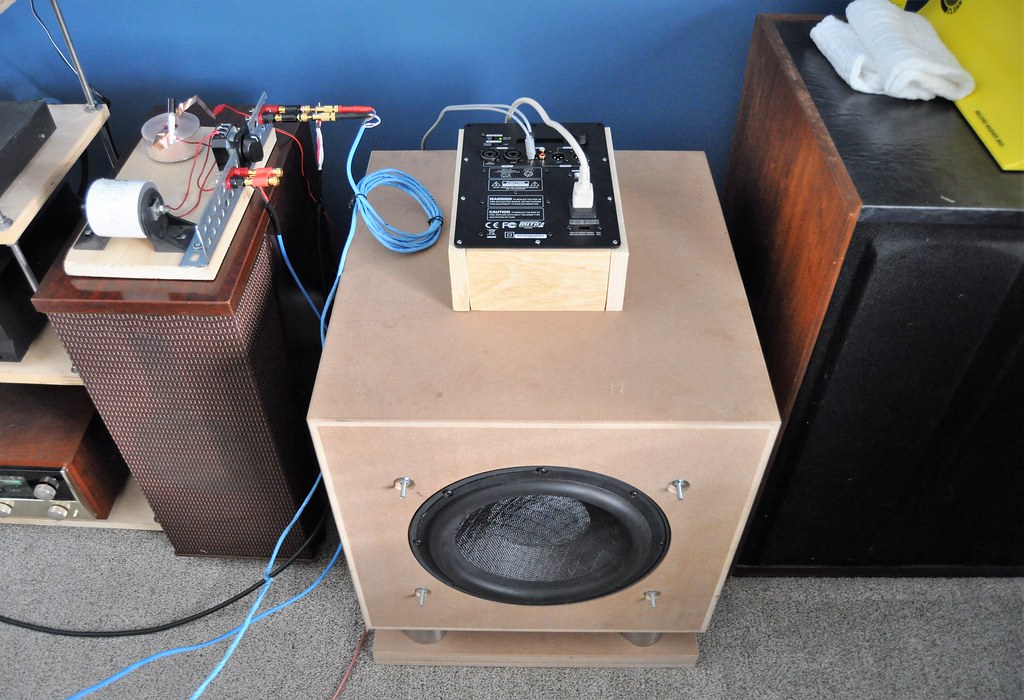A clear explanation to your question can be found here:
https://www.gcaudio.com/tips-tricks/the-interrelationship-of-speakers-and-amplifiers/
In short, the power needed by a speaker is determined by the sounds it needs to reproduce.
An average volume is not indicative of the power your speaker might need to be able to reproduce peaks (peaks in low frequencies usually, where more power is needed to move the speaker coil) in the music.
How much power you need is up to your gear and your personal preference of the produced sound.
https://www.gcaudio.com/tips-tricks/the-interrelationship-of-speakers-and-amplifiers/
In short, the power needed by a speaker is determined by the sounds it needs to reproduce.
An average volume is not indicative of the power your speaker might need to be able to reproduce peaks (peaks in low frequencies usually, where more power is needed to move the speaker coil) in the music.
How much power you need is up to your gear and your personal preference of the produced sound.

 DSC_8282 (2)
DSC_8282 (2) DSC_0484 (2)
DSC_0484 (2) DSC_8307
DSC_8307